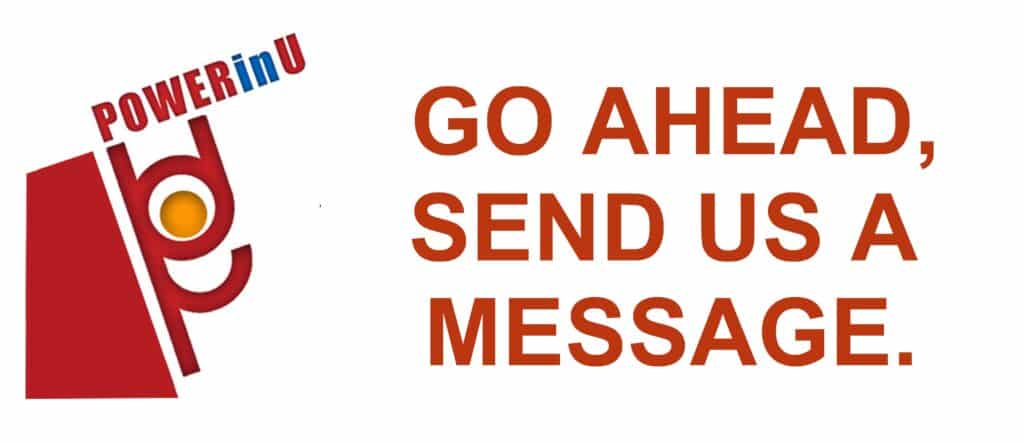
Have you been in a situation in which your emotions took control of your behaviors and caused you to do something that you later regretted? I have.
These times are when our emotional brains get the best of us. We use our emotional brain to guide our behaviors – more than we realize.
In his book “Thinking, Fast and Slow”, neurologist Daniel Kahneman describes the brain as being split into 2 systems which he calls System 1 and System 2.
System 1, which is fast-thinking, is the involuntary, always-on network in our brains that takes in stimuli and processes them. It’s the system that makes automatic decisions for us, such as turning our heads when we hear our names called, or stopping on red light, or freezing when we see a spider or cockroach.
Fast-thinking serves us well in certain situations such as in emergencies where a fast response would be critical, or when doing our day-to-day routines at home and work, habitually and efficiently.
System 2, which is slow thinking, runs the voluntary parts of our brains. It is in charge of anything that takes willpower, self-control and anything that’s too difficult for System 1. It processes suggestions offered by System 1, makes final decisions and chooses where to allocate our attention.
Example, our system 1 automatically eats at certain time of the day based on what’s on the table, while our system 2 weighs the food options and actually chooses which food to eat and how much to take in even if the food is something that gives us much pleasure. Hence, it serves us well to switch from system 1 to system 2 when we need to be more intentional and pro-active.
To activate our system 2 and be more intentional, it helps to be more mindful. That’s where the challenge lies: How can we become more mindful in today’s fast-paced and multi-tasking environment?
Many people refer to the discipline of exercising mental agility as mindfulness. Mindfulness usually includes the added directive of not judging ourselves for our initial thought.
The idea is that the initial thought is automatic and learned. The mindful thought is intentional and enlightened – by our values, our sense of purpose, our kindness, our goodness, our appreciation, and so on.
Mindfulness could then be defined as non-judgmentally shifting our thoughts from automatic, System 1 thinking, to intentional, value-driven, System 2 thinking.
What happens when we simply let System 1 take over, even if it does not serve us well? Consider these emotions – anger, defensiveness, fear, anxiety, feeling down, insecurity, embarrassment. These disruptive emotions tend to get the best of us in certain situations because they override rational thoughts.
These disruptive emotions also have the power to trigger reactive behaviors that are inappropriate in human interactions. We lose our tempers, intimidate others, surrender under pressure, sulk and complain when we don’t get what we want.
In short, if not handled well, we could risk sabotaging personal and professional success. This does not mean that disruptive emotions are bad or negative. These emotions can actually point us to the right direction.
When managed well, these disruptive emotions can provide us tremendous information and energy to help us navigate through difficult situations and choose the right response. For instance, if a person feels anxiety before a presentation, that could point the person to more preparations needed.
By becoming more self-aware of our “fast and slow thinking”, we start to become more intentional and mindful in thoughts, emotions and behaviors. The more we apply, the better we become in switching between our 2 systems.
So when we face situations that trigger disruptive emotions, we won’t let the emotions take control of our behaviors anymore and do something that we later regret. I’m confident we can attain this as I’ve gone through the journey myself, and have witnessed others become more intentional and mindful.
Reference: System 1 and System 2 thinking drawn from D. Kahneman, Thinking Fast and Slow (New York: Farrar, Straus, and Giraux, 2011).

